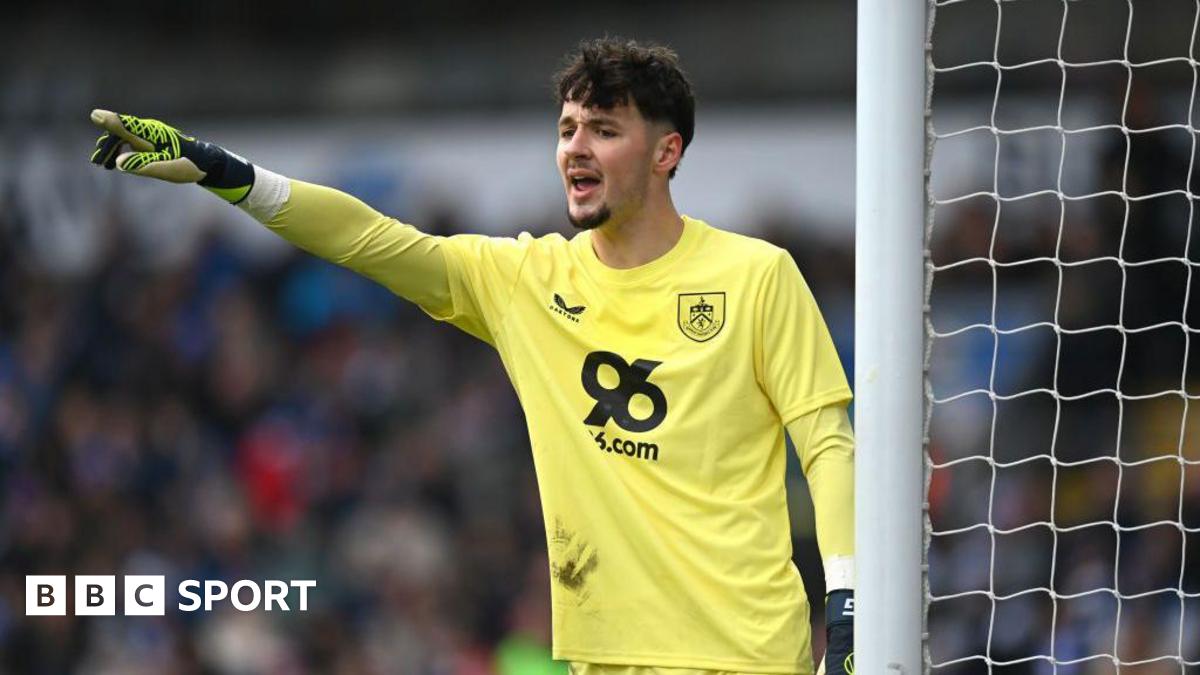
Manchester City's impending re-signing of James Trafford for £27m raises several key questions, particularly concerning the delicate balance within their goalkeeping department. This move, reminiscent of Manchester United's re-acquisition of Paul Pogba in 2016, highlights a club willing to invest heavily to correct a perceived past error and secure a promising talent. However, unlike Pogba's situation, where positional fit was the primary concern, Trafford's arrival brings potential challenges to the established hierarchy between the posts.
The immediate impact is clear: increased competition. Ederson, the long-standing number one, faces a genuine challenger in Trafford. While Ederson's contract is nearing its end and has been linked to potential moves, his performances have largely remained consistent. Inserting Trafford into the mix introduces a variable. History shows us that such situations can either galvanize a player (think Petr Cech's arrival at Arsenal pushing Jens Lehmann to new heights) or create instability.
Stefan Ortega, currently the reliable number two, is arguably the most directly affected. The article suggests his position is now less secure. Clubs often talk about the importance of having two top-quality keepers; however, history is littered with examples of unhappy number twos who eventually seek opportunities elsewhere. Consider Shay Given's move from Newcastle to Manchester City in 2009 in search of more playing time, despite being a well-regarded keeper. Ortega, with his proven Premier League ability, may face a similar dilemma.
Trafford's statistical profile paints a picture of a promising shot-stopper. His impressive save percentage in the Championship (almost 85%) certainly catches the eye. However, as the article rightly points out, the level of opposition must be considered. The Premier League presents a different challenge. Moreover, Guardiola's system demands more than just shot-stopping; distribution is crucial. Trafford's 70% pass completion rate, while respectable, falls short of Ederson's and Ortega's proficiency in playing out from the back. This tactical disparity presents a potential integration risk. Will Trafford adapt quickly enough to Guardiola's demands, or will this become a point of contention?
The financial aspect also warrants consideration. A £27m investment for a goalkeeper who may initially be a backup is a significant outlay. It's a calculated gamble, betting on Trafford's potential to become a world-class player. However, it also raises the stakes. The pressure on Trafford to perform and justify the price tag will be immense. This situation mirrors Chelsea's acquisition of Kepa Arrizabalaga in 2018 for a then-record fee; the subsequent scrutiny and pressure arguably hindered his development.
Looking ahead, City's strategy appears to be one of succession planning. Ederson's age and contract situation necessitate a long-term solution. Trafford represents that solution, but the path to becoming City's undisputed number one is fraught with challenges. Successfully navigating the delicate dynamics of the goalkeeping department, integrating Trafford into Guardiola's tactical system, and managing the pressure of a hefty price tag will be crucial. The success of this transfer hinges not just on Trafford's individual talent, but on City's ability to mitigate the inherent risks and potential disruptions it creates.
0 comments:
Post a Comment